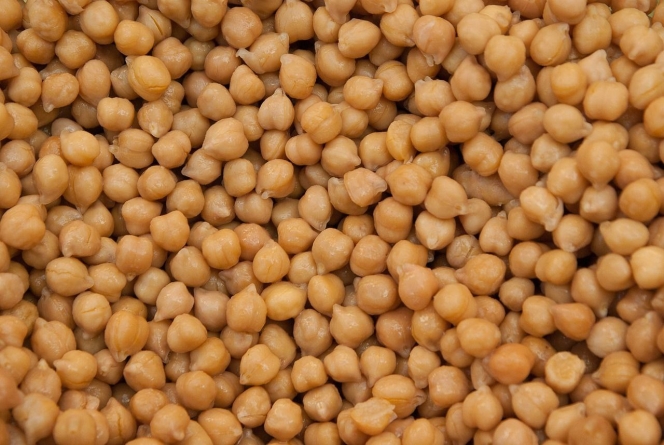
Chickpea, also known as chicken pea or garbanzo beans, has a fascinating origin, originating in Turkey and Syria where it was one of the first grain crops to be domesticated as a legume during ancient times.
Over time, this plant-based protein has gained popularity in Kenyan homesteads and restaurants as more people seek alternative protein options and adopt healthier habits. Its rich nutritional profile, abundant in fiber, calcium, and magnesium, contributes to improved digestion, weight management, strong bones, and enhanced mental health.
Market Analysis
In Kenya, chickpea production has been steadily increasing, with an annual growth rate of at least 10% since 2017, when 550 tons of chickpeas were produced. The versatility of this crop in Kenya is impressive, as it is used for various purposes:
- Consumption of green leaves as a nutrient-rich vegetable, offering more minerals compared to spinach.
- Utilization of green, immature seeds as a snack or vegetable.
- Grinding dry seeds into flour for various culinary applications.
Market analysis reveals that in Kenya, 100g of chickpea powder is priced at Ksh. 500, while 1kg of dry chickpeas retails at Ksh. 160. In international markets, the prices vary from Ksh. 600 to Ksh. 900.
For farmers looking to grow this crop, here are some important facts to consider:
- Maturation Period: Chickpeas take approximately 90-100 days to mature and can be harvested continuously up to three times a week.
- Harvesting and Drying: The crop is manually harvested and sun-dried. The seed color plays a significant role in market attractiveness, with a light yellowish cream shade being highly favored.
- Storage: Chickpeas should be kept away from damp spaces, as excess moisture can cause decay. The ideal moisture level for storage is 12-15%.
- Environmental Requirements: Chickpeas thrive in temperatures between 21-26ºC during the day and 18ºC during the night. The crop requires optimum rainfall of 250-500mm.
- Companion Planting: Chickpeas can be grown alongside other crops such as potatoes, cucumbers, corn, strawberries, and celery. However, it is advised not to plant chickpeas with garlic.
- Soil Conditions: The crop grows well in well-drained loam and clay loam soils, which have excellent water-holding capacity. The optimal soil pH value for chickpeas is between 6.0 and 9.0.
- Market Considerations: While international markets may yield higher profits, chickpeas also perform well in local markets, offering higher yields compared to seasonal crops like maize.
Overall, chickpea cultivation is a promising venture for farmers, as it offers a diverse range of uses and significant nutritional benefits, making it a versatile and profitable crop option.